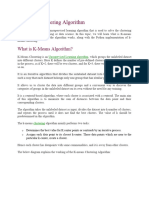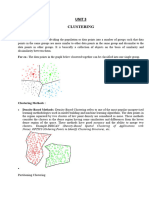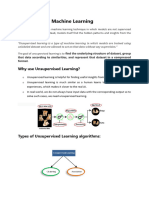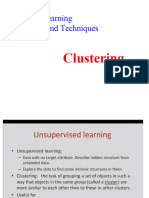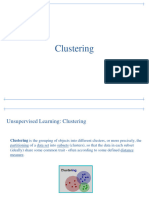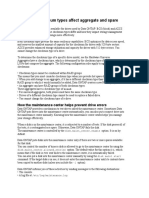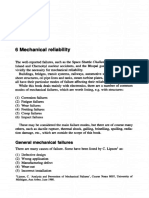0% found this document useful (0 votes)
12 views22 pagesMachine Learning Unit 4
This document provides an overview of unsupervised learning, focusing on clustering techniques such as K-means, hierarchical, and density-based methods. It explains the principles of clustering, differentiates it from classification, and discusses the applications of clustering in various fields. Additionally, it covers the association rule learning, particularly the Apriori algorithm, and its applications in market basket analysis and other domains.
Uploaded by
sherkeyashiCopyright
© © All Rights Reserved
We take content rights seriously. If you suspect this is your content, claim it here.
Available Formats
Download as PDF, TXT or read online on Scribd
0% found this document useful (0 votes)
12 views22 pagesMachine Learning Unit 4
This document provides an overview of unsupervised learning, focusing on clustering techniques such as K-means, hierarchical, and density-based methods. It explains the principles of clustering, differentiates it from classification, and discusses the applications of clustering in various fields. Additionally, it covers the association rule learning, particularly the Apriori algorithm, and its applications in market basket analysis and other domains.
Uploaded by
sherkeyashiCopyright
© © All Rights Reserved
We take content rights seriously. If you suspect this is your content, claim it here.
Available Formats
Download as PDF, TXT or read online on Scribd
/ 22









